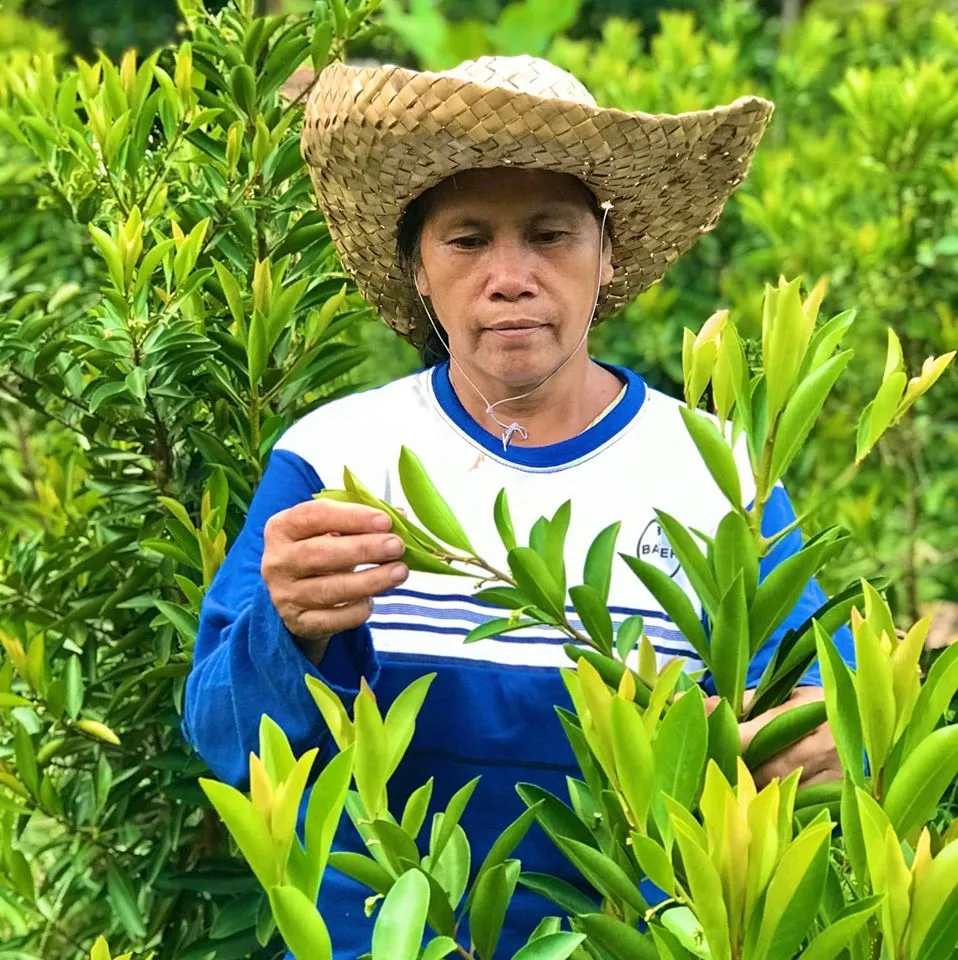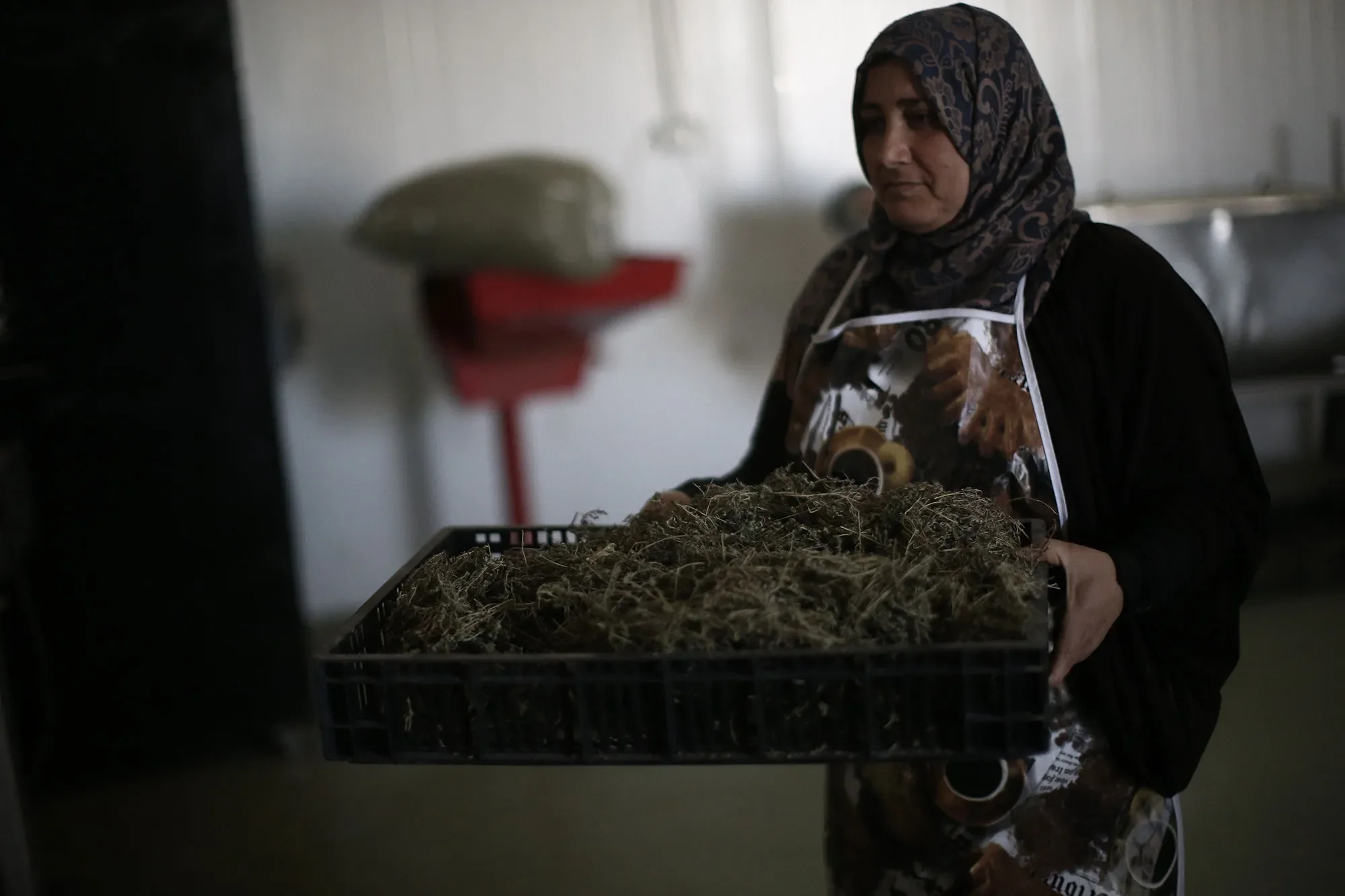Women and girls are the most impacted by food insecurity, but they are the least considered in tackling the global food crisis, according to “Left Out and Left Behind,” a recent report by CARE.
Today, one in every four people in the world lack access to enough nutritious food, and that number is rising. While 690 million people are already undernourished or chronically hungry, this figure may increase by an additional 130 million because of COVID-19, according to the UN.
“Usually, we women eat after everyone in the family is done eating. Sometimes, there is not enough food.”
In recent months, business closures, mobility restrictions, and social distancing related to the pandemic have impacted every aspect of food production and distribution. The result has been catastrophic. In Latin America, the population of people experiencing food insecurity has tripled, and in West and Central Africa, it has more than doubled. In the U.S., at least 6 million people have registered for food benefits since the start of the pandemic.
CARE’s report reveals why tackling the inequalities women and girls face must be at the core of the response to this food crisis. Here are five ways that women and girls are disproportionately affected by the hunger crisis:



